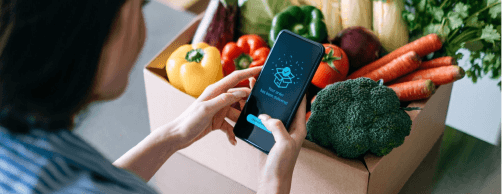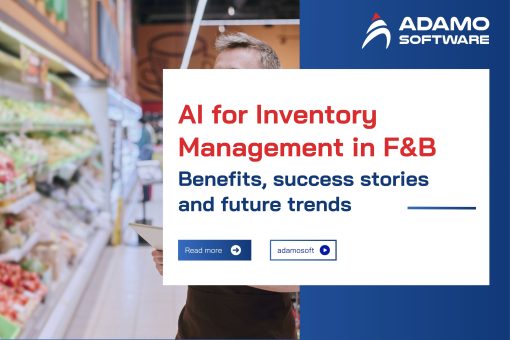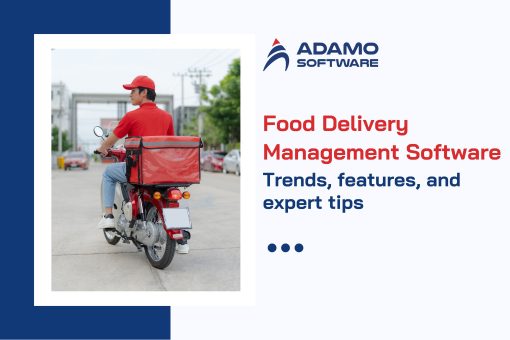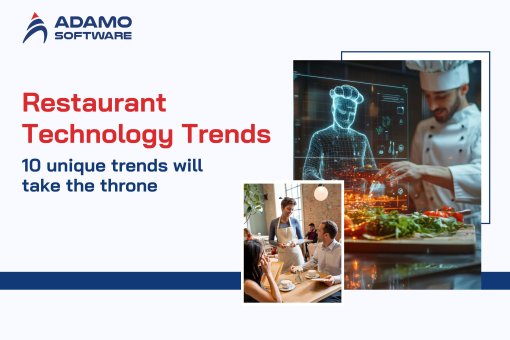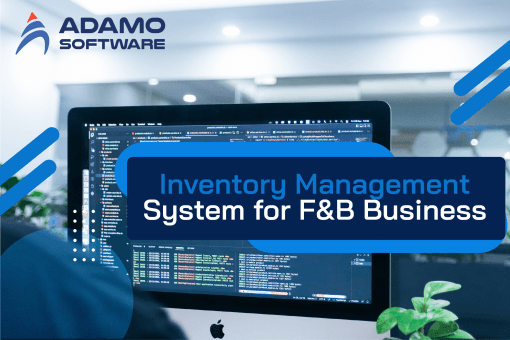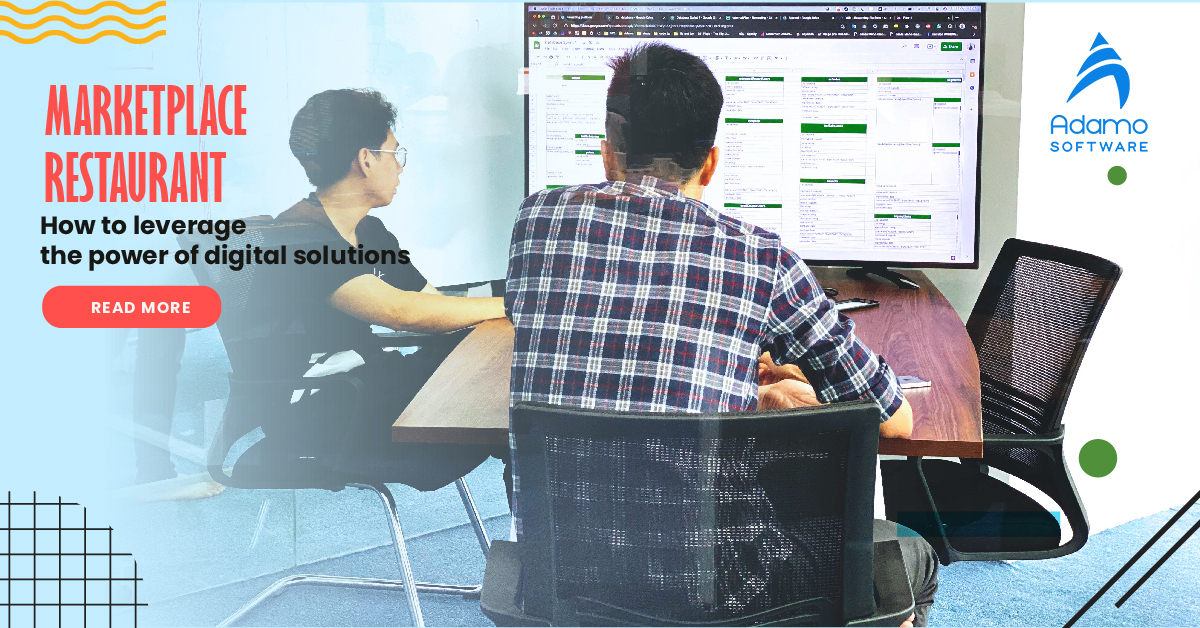AI in Food Industry: Innovations, challenges & how to get started
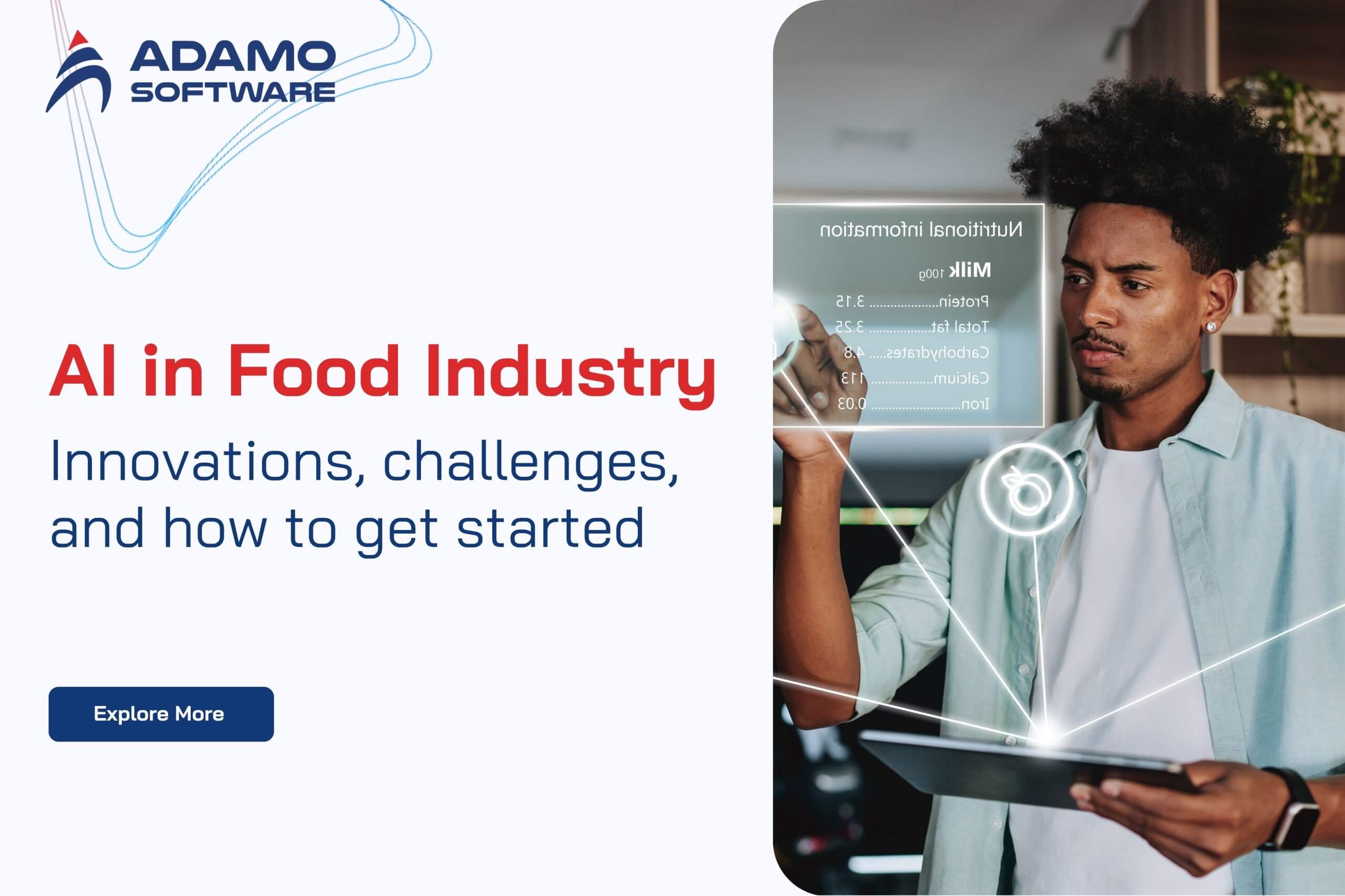
Discover how AI in food industry drives innovation, improves quality, and transforms production from farm to table.
The use of AI in food industry is changing the way we produce, manage, and consume food. It’s making kitchens smarter, supply chains faster and customer experiences more personal. What used to be built on manual labor is now based on data and intelligent automation.
In this article, we will explore the future of food and beverage and how AI is shaping it:
- Why AI is important in the food industry: How AI enhances decision-making, drives efficiency, and ensures competitive advantage in a dynamic market.
- Top 6 ways AI is revolutionizing food and beverage (case studies included): How brands are using AI to improve quality, generate new flavors and connect with consumers.
- AI challenges in food industry: The primary obstacles to AI adoption, from data privacy to technical know-how.
- Step-by-step guide to incorporating AI into your food operations: A roadmap to identify opportunities, select tools, and scale AI for sustainable growth.
I. Why AI matters in the food industry
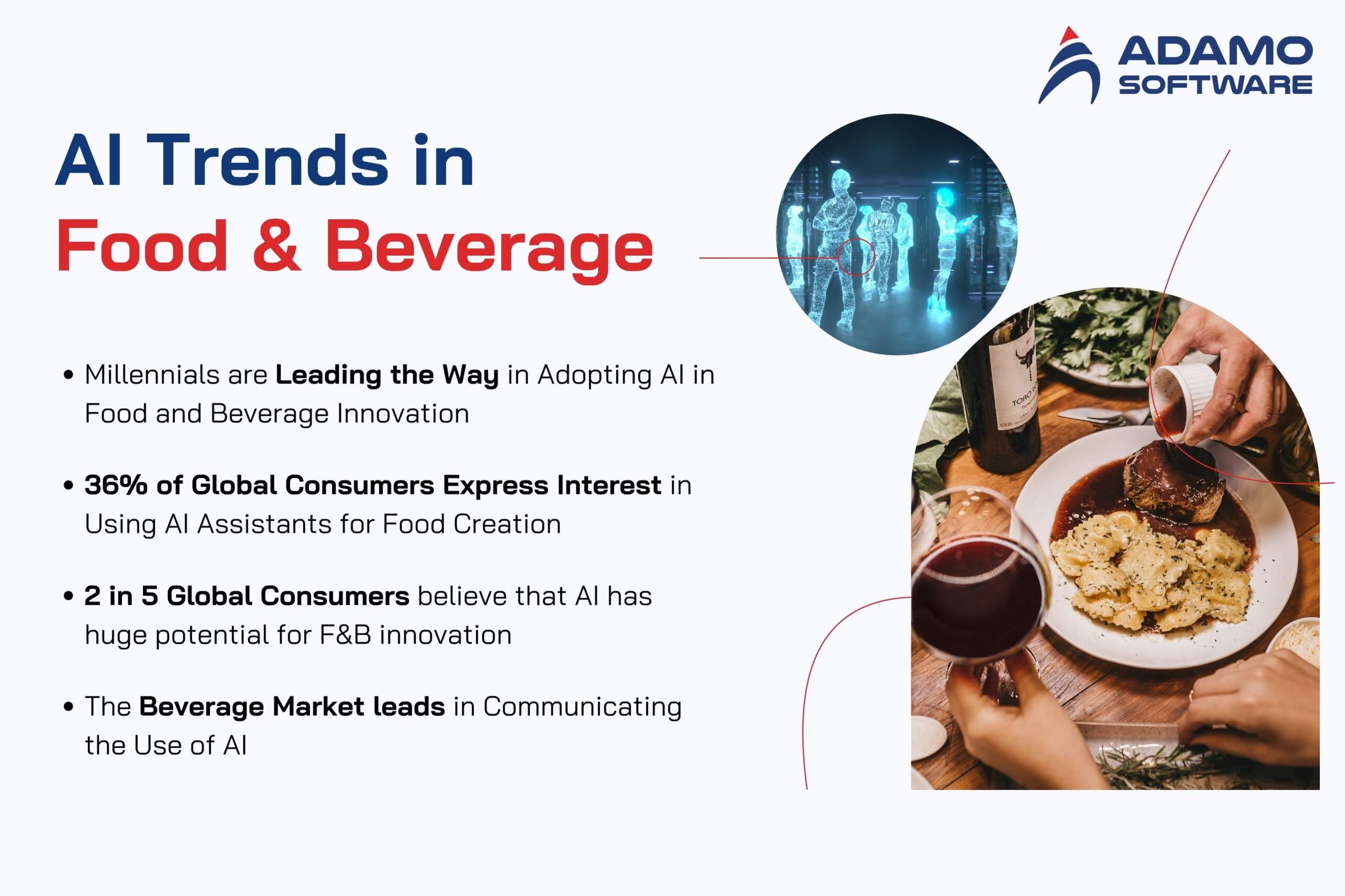
The food and beverage industry is evolving rapidly. What used to be a manual and traditional process is now digitally driven. Among them, the technology of AI in food industry is significant in terms of introducing automation, precision, and flexibility in everyday activities.
AI in food industry is used to increase efficiency and to remain competitive. It automates routine tasks, predicts potential issues, and aids faster and data-driven decisions. As market conditions become tighter and costs go up, AI-based innovation is becoming a necessity, not a choice. Highlighting the growing impact of AI in food and beverage, Mordor Intelligence estimates the market will reach 67.73 billion USD by 2030.
At a production level, AI addresses issues such as labor shortages, supply chain disruptions, and quality control. It predicts demand, keeps track of ingredient proportions, and prevents spoilage. Predictive equipment also ensures equipment failure is picked up at an early stage, reducing downtime and increasing output.
Apart from efficiency, AI in food industry drives creativity. Through the analysis of customer feedback and market data, brands can create healthier and more customized products.
AI, however, will not replace people. It will only advance human expertise and enable businesses to make better decisions for a more sustainable future.
II. Top 6 ways AI transforms the food and beverage industry (Case studies included)
AI is transforming the way businesses in the food industry operate, develop, and engage with consumers. From enhancing product quality to customizing customer experiences, AI has become an indispensable tool for growth and innovation. This tool is changing the sector through its various applications:
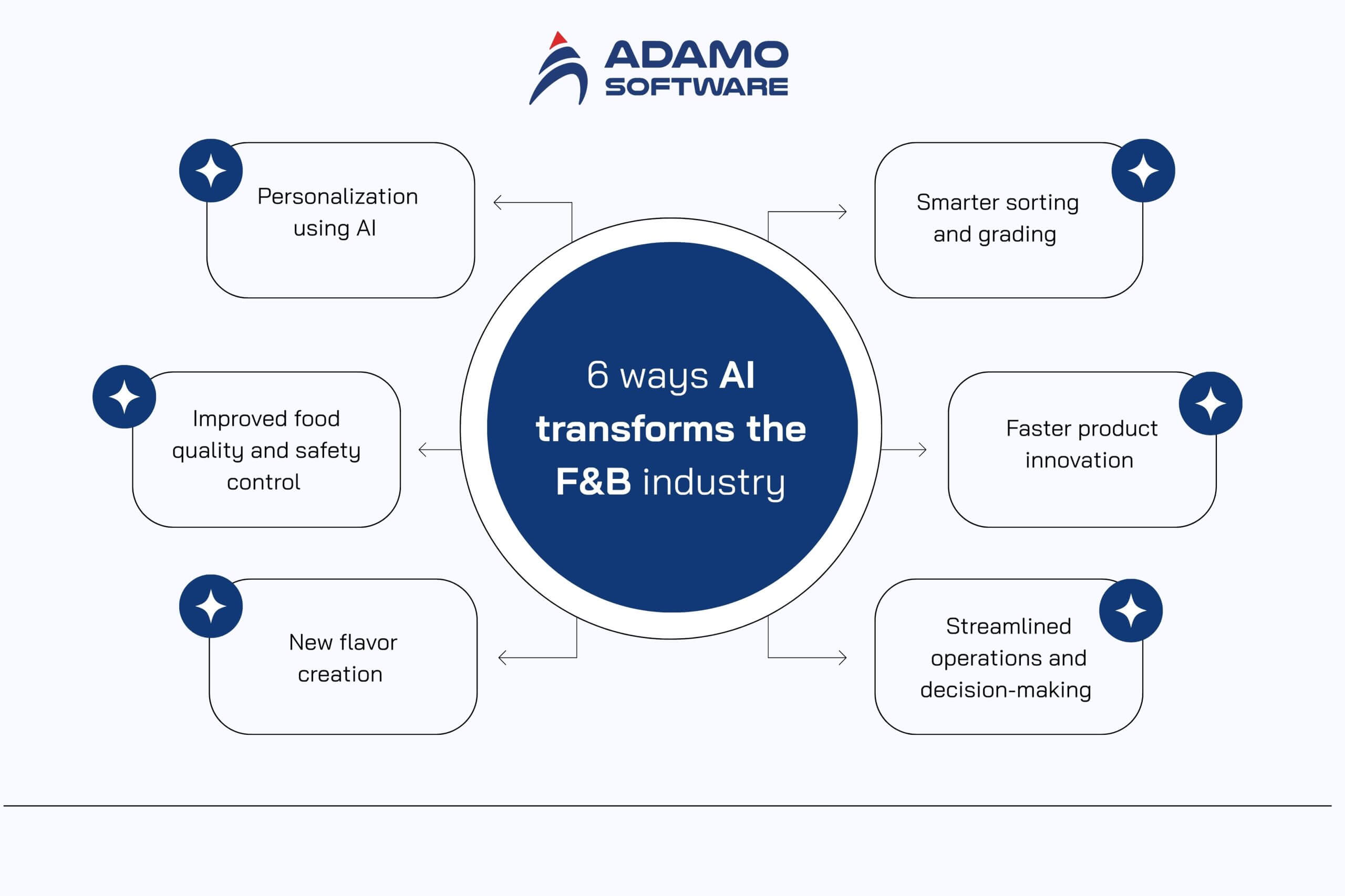
- Personalization using AI
- Smarter sorting and grading
- Improved food quality and safety control
- Faster product innovation
- New flavor creation
- Streamlined operations and decision-making
1. Personalization Powered by AI in the Food Industry
With AI in food industry, the transition from mass marketing to individualized interaction has become much faster. From packaging to digital content, brands today personalize everything to create relevant and personalized experiences.
About a third of global consumers said they would like to eat AI-produced meat. Additionally, two out of five said they viewed AI as a major driver of innovation in the food industry.
With applications like meal assistants and product scanners, AI in food industry can be employed to suggest recipes, improve product lines, and improve customer loyalty. Thus, brands can learn and better connect with consumers instead of merely selling.
2. Smarter Sorting and Grading with AI in the Food Industry
Manual inspection of produce and packaged products is prone to inconsistency and scrappage. With the help of AI in food industry, grading can be automated on the basis of color, size, and shape. This will result in faster and more accurate results. Essentially, AI increases product standards and reduces labor costs and human error.
AI in food industry is making progress despite large-scale adoption being a challenge, and it is helping producers to maintain quality and consistency.
3. Enhancing Food Safety and Quality Control with AI
AI in food industry enhances food safety and quality by identifying any defects, monitoring hygiene and reducing wastage in real-time. The insights obtained prevent contamination and consistent standards throughout the manufacturing process.
In beverage manufacturing, AI is can help with predicting demand, ingredient control, and even new flavor development based on consumer feedback and trends.
4. Accelerating Product Innovation through AI in the Food Industry
Big companies like Mondelez, PepsiCo, etc. use AI in food industry for faster product innovation. Mondelez uses machine learning to achieve optimal taste and texture in its products like Oreo and Chips Ahoy. PepsiCo uses generative AI to create unique flavors like Cheetos Crunchy Flamin’ Hot Pickle.
Artificial Intelligence is also changing the way beverages are developed. One of the earliest AI-created brews is Beck’s Autonomous Beer, which can see how technology is a key driver of creativity and precision.
5. Creating New Flavors with AI in the Food Industry
AI in food industry allows brands to experiment with vast ingredient databases and to test an infinite number of combinations virtually. This allows food scientists to create new flavors and estimate consumer preferences better. Already, huge brands such as Unilever and PepsiCo are using AI to influence future tastes.
6. Simplifying Operations and Decision-Making with AI
AI in food industry simplifies operations by automating and cutting costs and producing insights in real-time. AI can also combine data and creativity. Avocados From Mexico’s Super Bowl campaign featured a personalized recipe recommendation app called Guacamole.
From McCormick’s use of AI to develop their spices to Aromyx’s digital taste profiles, companies are using AI to innovate faster and more safely. At the same time, they can also protect their data and increase their performance.
Ready to Outsource?
Get top-tier IT talent without the hassle. Contact us now!
III. What are the challenges of AI in Food industry?
While AI in food industry offers big opportunities in innovation and growth, its adoption is not always a simple process. The complex processes, the large amounts of data, and stringent safety requirements mean that there are a number of hurdles along the way:
- Managing and securing data
- Updating legacy systems
- Limited AI expertise
- Aligning AI and business objectives
1. Managing and Securing Data
AI is based on a massive amount of data to provide accurate insights. Food and beverage firms must be able to gather, sort through, and protect this data while respecting privacy laws. Many businesses enlist the help of technology experts to ensure the security of their data and the integrity of their systems.
2. Updating Legacy Systems
Integrating AI in food industry into the existing systems requires major upgrades in many cases. Outdated infrastructure and outdated workflow can slow implementation down. With proper investment and planning, however, these updates can enhance efficiency and performance in the long run.
3. Limited AI Expertise
The success of AI in food industry depends on the skilled professionals who have an understanding of both data science and business needs. Many organizations struggle with a lack of qualified talent, and as a result, they must rely on external experts or invest in employee training.
4. Aligning AI with Business Goals
For AI adoption to work, it should be linked to clearly defined business objectives. Companies that use AI in food industry need to set measurable objectives and make sure their AI initiatives contribute directly to better decision-making. Additionally, it’ll also help with cost reduction and improved customer experience.
IV. Step-by-step guide to integrate AI into your food operations
Integrating AI in food industry can help to transform the way companies operate, allowing them to improve efficiency, customer experience, and innovation. To make the process more effective, here are the key things that every food business should do:
- Step 1: Identify areas of importance for the implementation of AI
- Step 2: Collecting and Analysing Quality Data
- Step 3: Select the appropriate AI tools and technologies
- Step 4: Train staff and develop a data-driven culture
- Step 5: Test and optimize AI solutions
- Step 6: Monitor and scale AI applications
1. Identify important areas for AI implementation
The first step in bringing AI into the food industry is determining what areas it can have the most significant impact. From food processing to customer service, inventory management to product optimization, identifying where AI can help to simplify processes is important. AI in the food service industry operations, manufacturing, and quality control centers can provide substantial improvements. Thus, businesses need to prioritize depending on their unique needs and goals.
2. Gather and analyze data
AI is data-driven, and the food industry is no different. Before using AI, it’s important to collect good-quality data from other sources like sales, inventory, customer interactions, and production systems. AI in food industry depends on big data in order to learn and make predictions. Hence, it is essential for businesses to invest in data collection systems and make sure that their data is clean, structured, and accessible.
3. Select the right AI tools and technologies;
The success of your integration depends on the choice of appropriate AI tools and technologies. For instance, advanced computer vision systems may be required in the food service industry, while AI in this sector could leverage chatbots or recommendation engines. When choosing AI tools, consider scalability, integration, and whether the technology aligns with your business goals. A combination of machine learning, predictive analysis, and robotics can be used across different aspects of food production and service.
Explore Our Tailor-made Software Development Solutions
We are confident in providing end-to-end software development services from fully-functioned prototype to design, MVP development and deployment.
4. Empower employees and create a data-driven culture
AI implementation in the food industry has to be accepted at all levels of the organization. It is critical that you train your staff to work with AI systems and ensure they can use the technology to its full potential. Plus, if you can create a data-driven culture within your organization, then AI initiatives will be implemented correctly. Then, AI-driven insights will enable your employees to make better decisions.
5. Test and optimize Artificial Intelligence solutions
Once the AI Systems are in place, they need to be tested comprehensively in order to deliver the desired results. This stage is characterized by pilots, feedback collection, and tweaking to get the systems to be more accurate and performant.
AI in the food and beverage industry engages with customers, while AI in food manufacturing enhances production. Testing ensures that improvement areas are identified effectively. It also verifies that AI systems integrate well with existing processes.
6. Monitor and scale the AI applications
AI integration does not end with implementation either. After deployment, businesses will need to continuously monitor AI systems to ensure that they are functioning as expected.
Gather performance data and assess ROI, and be prepared to make changes necessary. Once the initial applications are optimized, food businesses can expand their AI solutions to other areas of operation, expanding the benefits.
V. Final thoughts
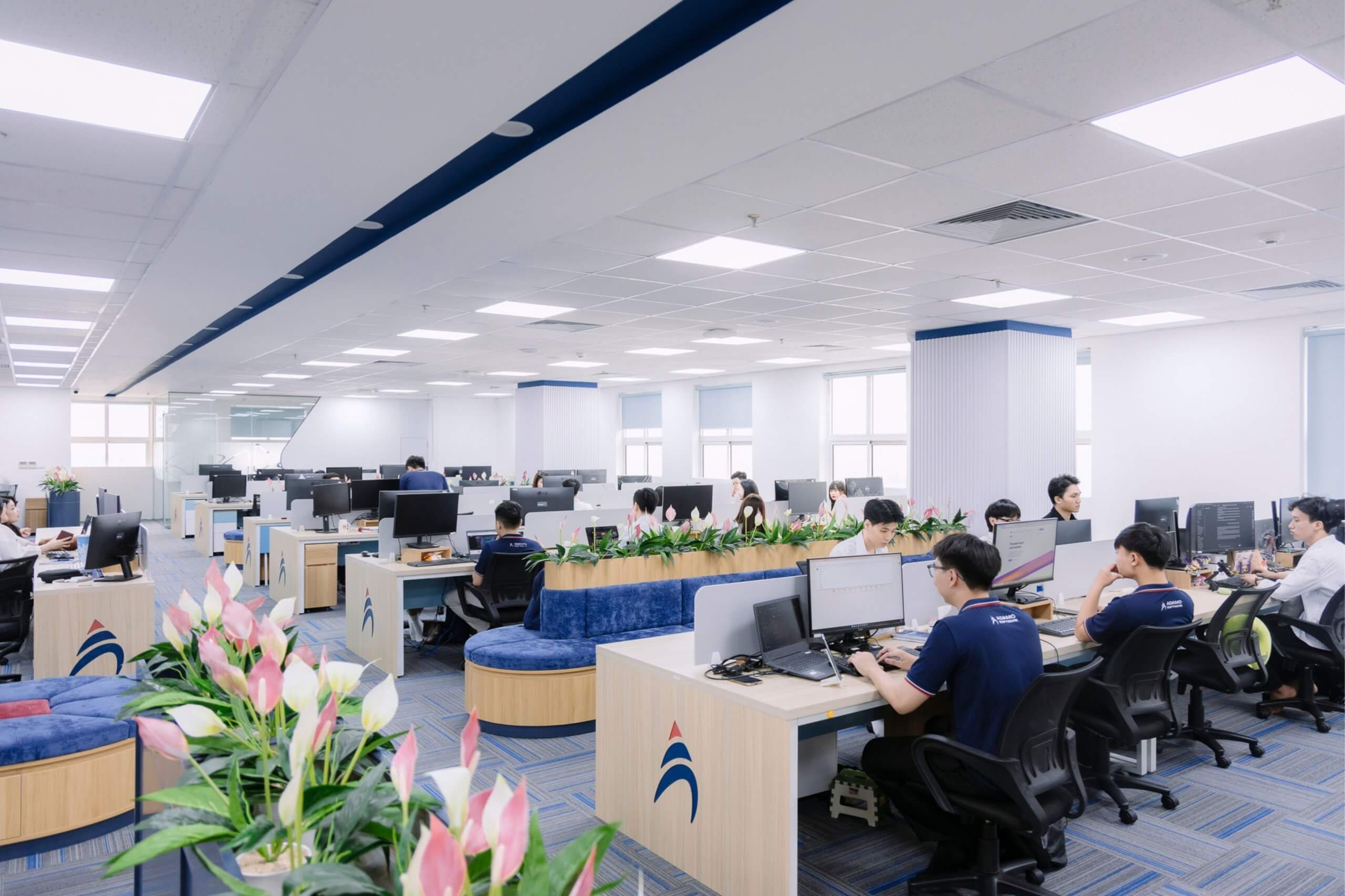
AI in food industry is changing the meaning of how businesses produce, manage, and innovate. From smarter quality control to personalized customer experiences, AI helps companies work faster, reduce costs, and make data-driven decisions that drive growth.
At Adamo Software, we have an experienced team in developing solutions using AI for the food and beverage industry. Our experts can help businesses add intelligent applications that enhance efficiency, streamline operations, and deliver meaningful customer value.
If you have an idea to implement AI in the food industry for your products or processes, contact us today!
FAQs
1. How does AI change restaurant operations?
AI in food industry helps restaurants automate order management, customer behavior prediction, and optimize the workflow of the kitchen. With smart analytics and robotics, AI improves speed, reduces human error, and improves both the quality of service and customer satisfaction.
2. What are the most popular companies using AI in the food business?
Major companies like Nestle, PepsiCo, and Tyson Foods are utilizing AI in various applications. These include predictive maintenance, product innovation, and supply chain optimization in the food industry. Their success shows how AI can simplify the production process and help in better strategic decisions.
3. What is the future of AI for the food & beverage industry?
The future of AI in food industry will be personalized nutrition, predictive food safety, sustainable sourcing, and advanced automation. As AI has become more accessible, it has begun to change the way that food is produced, distributed, and experienced on a global scale.
4. How is AI changing the global food ecosystem?
By using a combination of data analytics, robotics, and machine learning, AI helps to improve production, quality control, and precision agriculture. It is also driving smarter supply chain management, as well as personalised nutrition, resulting in sustainability and innovation throughout the sector.
5. How does AI help predict up and coming food trends and consumer tastes?
AI in the food industry employs predictive analytics and demand forecasting to analyze data from sales, reviews, and social media to uncover consumer preferences. These insights are useful for brands to adjust menus, develop new products, and stock efficiently in advance of demand.
6. How can AI be used to better manage the food supply chain?
AI helps in improving visibility and control from the production level to the delivery level. Its main benefits include:
- Precise demand forecasting to eliminate waste and shortages
- Predictive analytics to find delays and optimize routes
- Automatic monitoring of inventory and storage conditions,
- Better supplier and warehouse coordination
All these advancements help in improving efficiency, reducing cost, and lessening the spoilage.
7. Can AI be used to reduce food waste throughout the industry?
Yes. AI helps with predicting demand, controlling portion sizes, and optimizing production to reduce waste. Additionally, by matching output to real-time consumption data, AI enables food businesses to operate more sustainably while maintaining profit margins.



